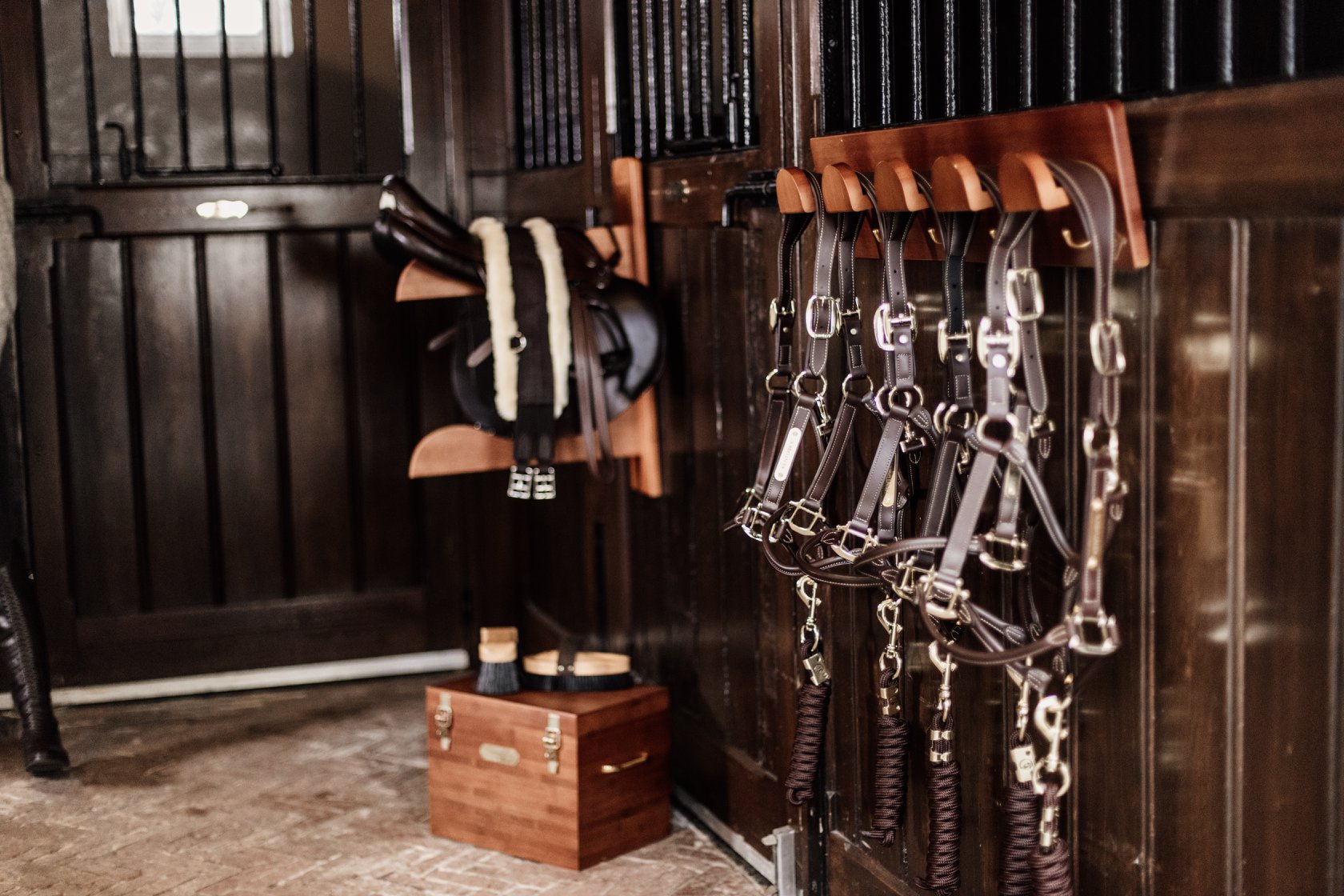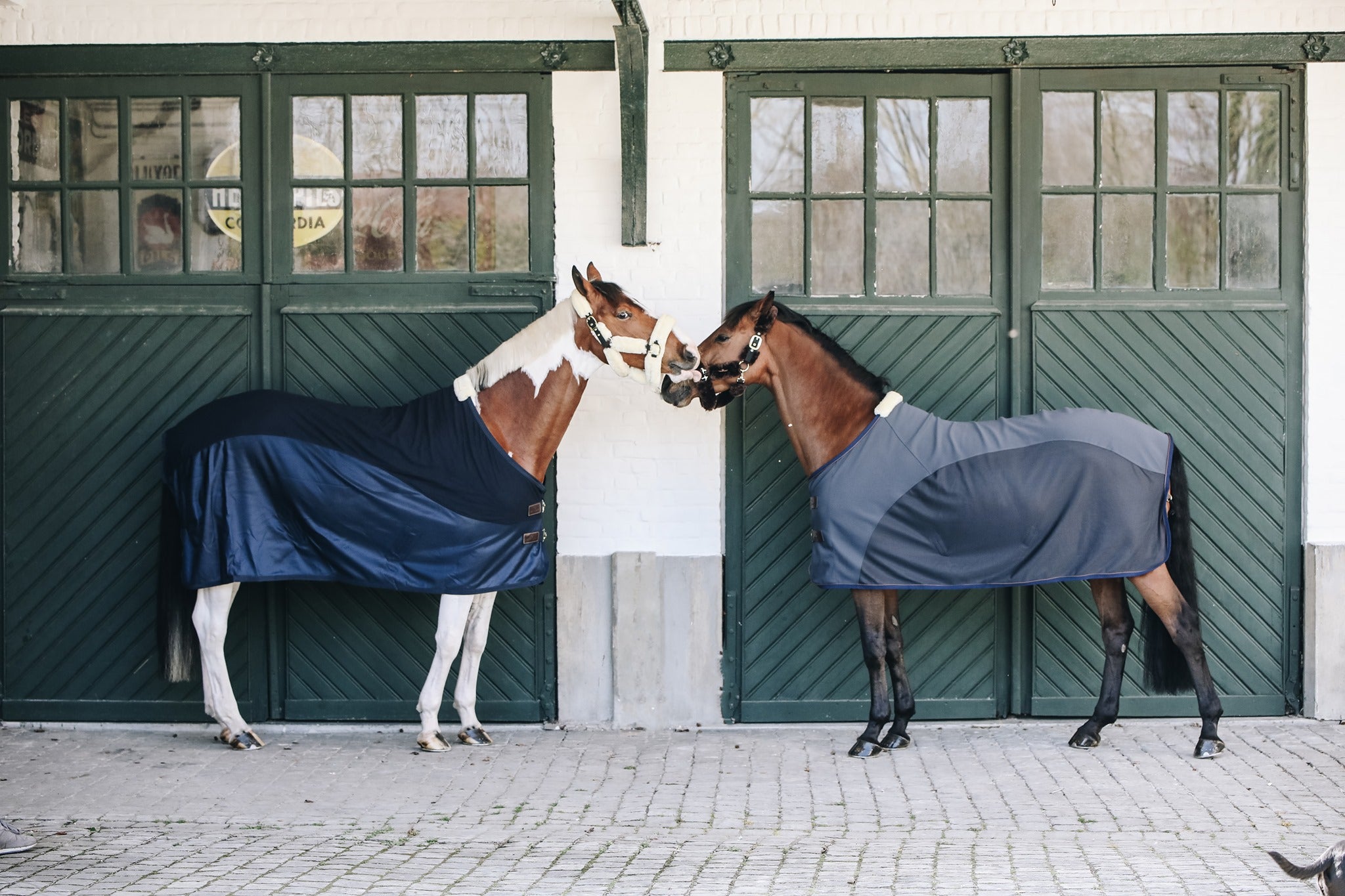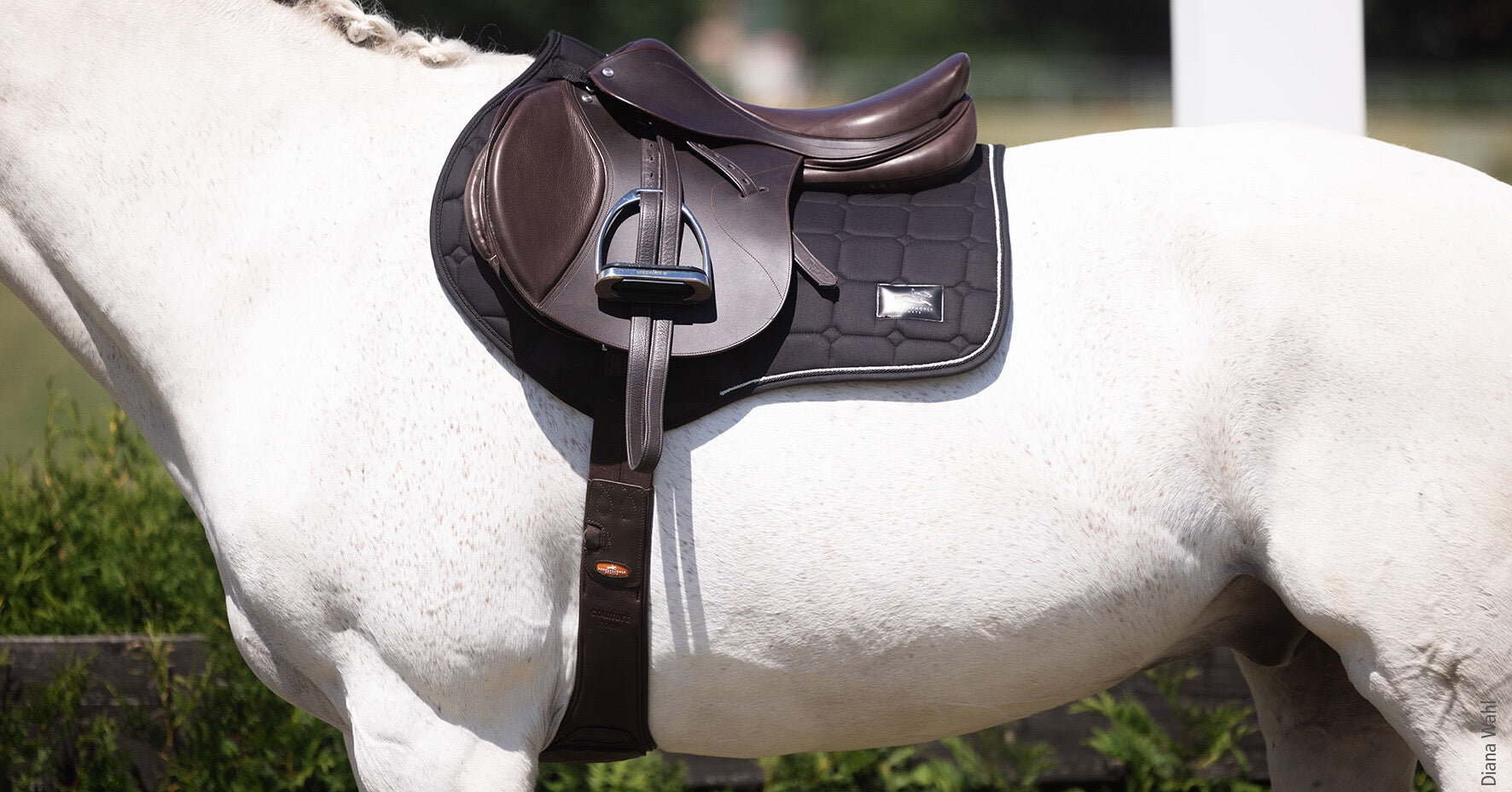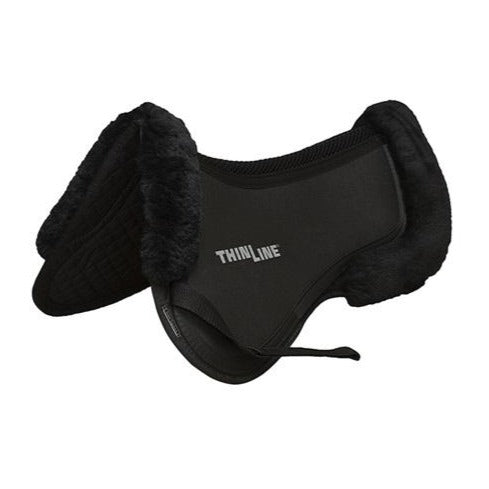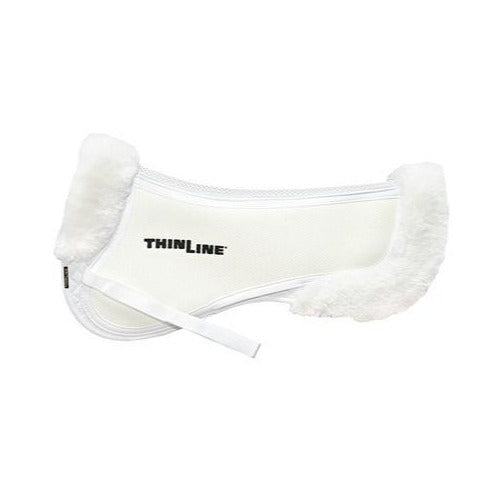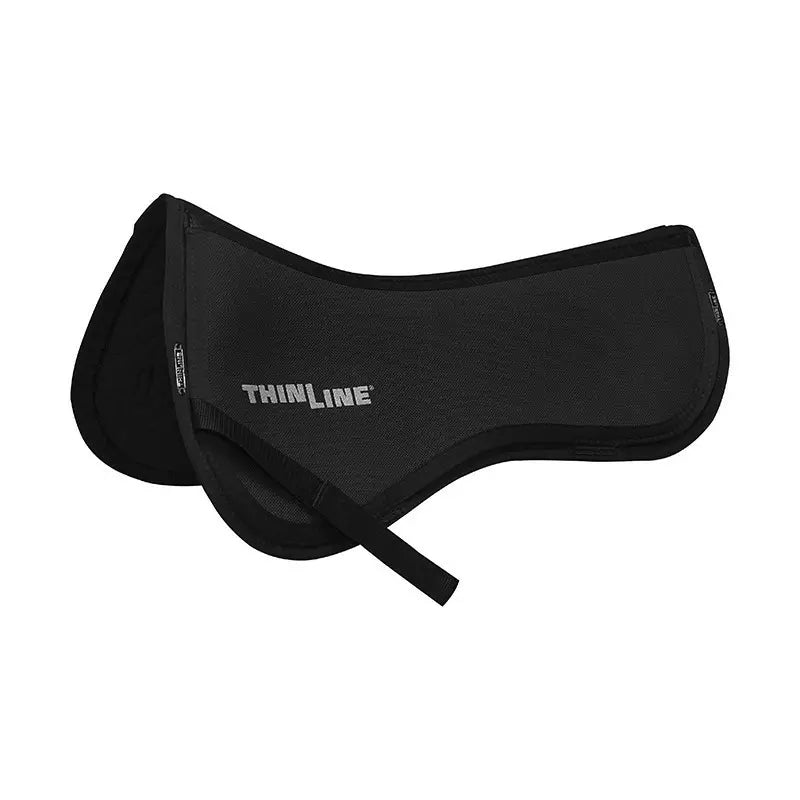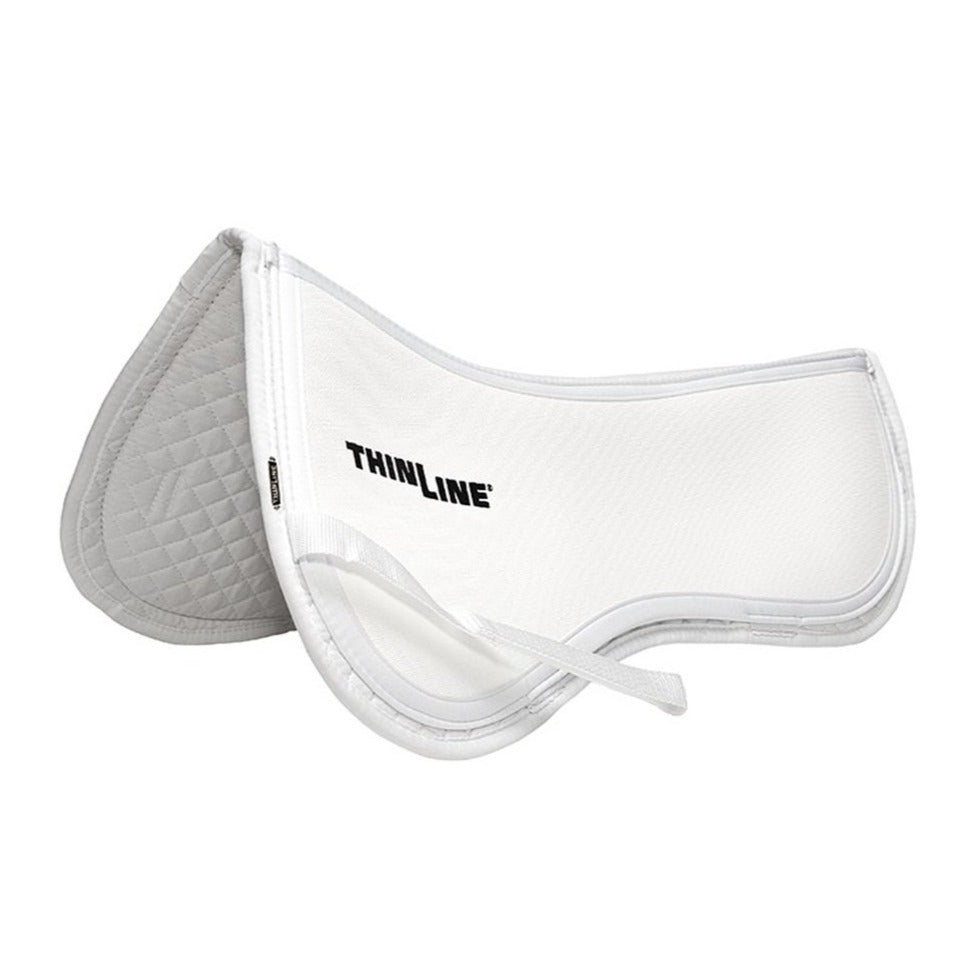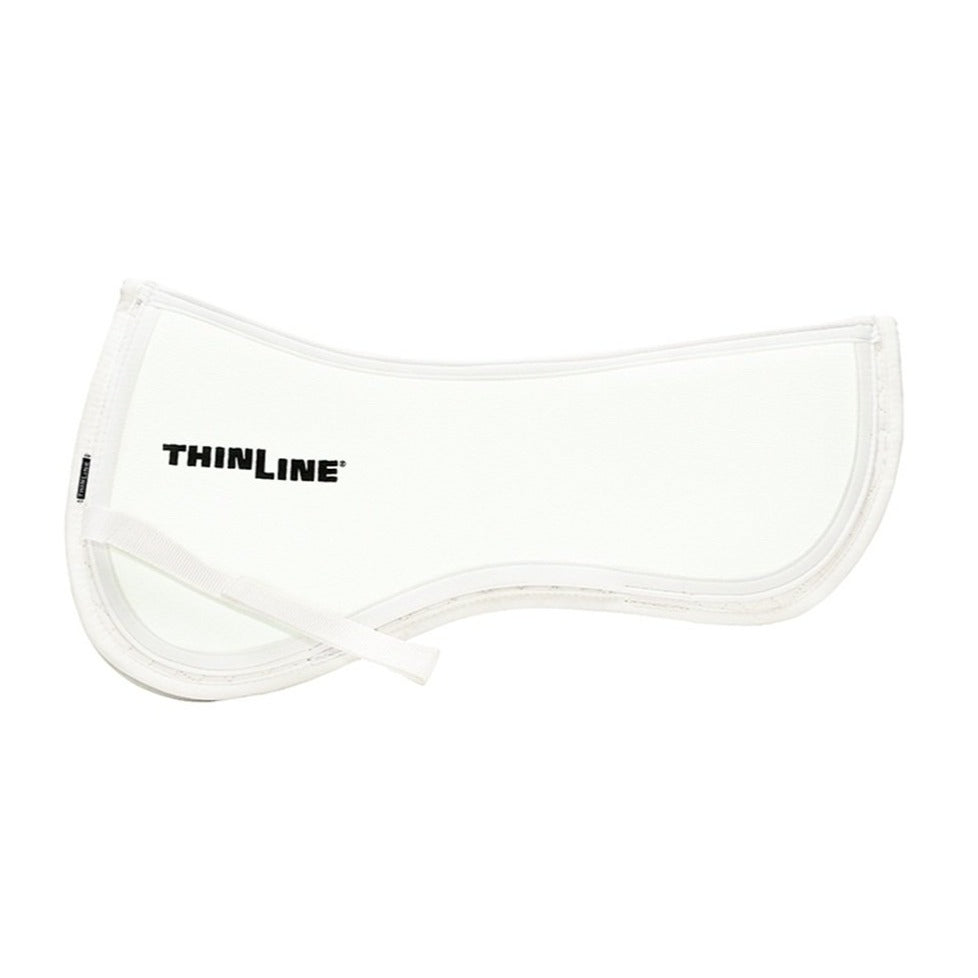How to Size a Bombers Bit

Sizing is crucial to the comfort and function of your Bombers Bit.
When placing a Bombers bit in the horse's mouth, the Bombers engraving and size stamp should be on the left side of the horse's head, facing outwards. Bomber came up with this innovative idea to only add stamps and sizing on the left-hand side of the bit to ensure all of the bits will be correctly used without confusion. By looking at the size stamp (and on some bits, the Bombers button), you can determine which way the bit should go in the horse's mouth – this prevents fitting the bits backward or upside down.
Suppose the sizing of the bit needs to be corrected. In that case, it can affect the functionality of the mouthpiece as pressures will not be distributed accordingly due to the mouthpiece not sitting correctly in the mouth. It can also have an affect on how the cheekpiece functions.
An incorrectly fitted bit can cause sores and damage to the internal structures of the horse's mouth. When a bit is too big, it can slide and be pulled through the mouth; this increased movement creates friction between the bit, the internal mouth structures, and the horse's lips. It can lead to pinching of the lips, damage to bars, uncomfortable pressures applied, sores, etc.
The horse's mouth can be measured by:
- Using a Bombers Bit measure.
- Using a wooden stick and martingale rubbers.
- Converting bit sizes.
Different types of mouthpieces and cheekpiece combinations sit differently in the mouth and require different sizes.
Mouthpieces:
- A solid mouthpiece should be the same size as the mouth size.
- A semi-broken and flexible mouthpieces need an additional 5mm to set, as they have some movement.
- Broken mouthpieces need an additional 10mm as they curve round and relax down in the horse's mouth.
Cheekpieces:
- A fixed cheekpiece does not need additional millimeters added to the size as a fixed cheekpiece is meant to sit snug against the lips.
- A loose type of cheekpiece needs an additional 5mm added, this 5mm is to prevent any pinching of the lips. However, when checking the fit no more than 2.5mm should show between the lips and hole the cheekpiece goes through.
Bombers use millimeters to have a wider range of bit sizes. When the millimeters are converted into inches, it does not always give a whole number. Hence our table converter is only there to offer a reference point to ensure sizing up or down will be done accurately.
Conversion Table:
|
Bombers (mm) |
110 |
115 |
120 |
125 |
130 |
135 |
140 |
145 |
150 |
155 |
160 |
|
Inches |
4.125” |
4.25” |
4.75” |
5.0” |
5.125" |
5.25” |
5.5” |
5.75” |
5.875” |
6.0” |
6.25” |
The fit of the bit can be assessed by assessing the external fit of the cheekpiece.
A fixed-type cheekpiece is a cheekpiece that is directly attached to the mouthpiece.
A fixed cheekpiece is meant to sit snugly against the lips; this prevents the mouthpiece from being pulled through the mouth. A fixed cheekpiece allows for a quicker application of pressure than a loose ring and a slower release of pressure.
Correct fitting Fixed cheekpiece:

A loose type cheekpiece is a cheekpiece that is not fixed to the mouthpiece. The cheekpiece moves through a hole in the mouthpiece, allowing the mouthpiece to be able to slide on the cheekpiece.
A loose cheekpiece does require an extra 2.5mm on either side of the cheekpiece to create space for the loose ring to rotate, preventing pinching of the lips. A loose cheekpiece is Bombers preferred cheekpiece. A loose cheekpiece allows for a quick release of pressure, returning the mouthpiece to a neutral position in the mouth. It allows for a slow application of pressure.
Correct fitting Loose cheekpiece:






